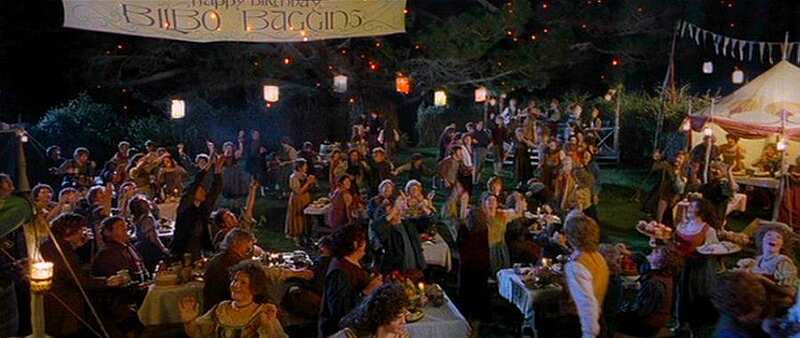
Lesson 9: When to Tell Instead of Show

Oh hello! Martin here again!
As we near the end of this course, it’s time for a third-act twist: sometimes, you need to tell instead of show.
The crowd gasps. A gentleman faints in the back row. But you heard me right — a little bit of telling can be just the ticket to glossing over anything that doesn’t really matter and quickly getting to something that readers actually care about.
Getting to the good stuff
One of my favorite pieces of advice is "enter late, leave early" — a philosophy that applies to both my writing and social life. It's the reason why you rarely start a chapter with something like:
Kelly entered the Pig & Whistle, hung up her coat, and ordered a Sierra Nevada before sitting down. "Hello," she said. "How are you doing?"
"Good, good. And you?" Vinay chirped back.
"Good."
Instead, you’ll want to start a scene just as things are getting interesting. In this case, we’ll cut to the middle of their conversation, when Vinay drops the big news.
“You’re dumping me?” Kelly said through gritted teeth, her bottle of Sierra Nevada threatening to shatter in her grip. They’d been in the corner booth of the Pig & Whistle for twenty-three minutes before Vinay finally mustered the courage to tell her.
The reader gets enough information to orient themselves within the scene, but they're spared all the awkward small talk — and now you, the writer, have more space to show the fallout of this reveal in vivid detail.
This type of narrative telling is especially useful when characters reveal things to each other that the reader already knows. Nothing is more tiresome than a novel repeating the same fact over and over.
Laying groundwork
Telling can also be used to lay the groundwork for a story or scene before it kicks off, as in a prologue. Prologues are especially popular in speculative fiction, where authors may wish to orient readers in the elaborate world of their book before initiating the story.
For example, the prologue to J.R.R. Tolkien’s The Lord of the Rings is called ‘Concerning Hobbits,’ a pages-long essay detailing the culture and history of his heroes.

Hobbits are an unobtrusive but very ancient people, more numerous formerly than they are today; for they love peace and quiet and good tilled earth: a well-ordered and well-farmed countryside was their favourite haunt.
This prologue is a whole load of telling — though, interestingly, Tolkien frames it as an extract from a history book published in Middle Earth. It offers a 'wide-angle' introduction to Tolkien's world without taking readers out of its reality.
As a reader, I am not a huge fan of prologues. I'd rather start the story and catch up on the backstory as the action unfolds. That said, I also know plenty of readers who love immersing themselves in the lore of a fictional world before the opening chapter — and again, this type of telling may be extra-useful if you have a lot of worldbuilding to convey.
Quickly communicating an idea
Unnecessary tangents affect your scenes' pacing, and too many detours away from your book's action can kill your storytelling momentum. The key here is to only show the details that matter.
Let’s say that a secondary character, Kevin, loses his car keys. Unless it matters how he lost them, don’t fill three pages with details of him shambling around his house, fruitlessly patting his pockets. Instead, you could:
- Offer a quick vignette — As Kevin would later discover, his car keys were accidentally posted to the IRS along with his tax returns.
- Reveal it in dialogue — “I lost my keys,” Kevin said.
- Simply state it in the narration — Kevin had lost his keys.
The less crucial something is to the story you’re telling, the fewer words you should devote to it — which is where telling can definitely come in handy.
Establishing a change in time or place
True devotees to the Church of Show Don’t Tell can always find sensory ways to indicate where and when a scene takes place: the church clock chiming twelve, an issue of The Denver Post tucked under someone’s arm.
But sometimes, these details hinder the pace and momentum of your storytelling. So don't be afraid to tell the readers where and when they are and get on with the story — "It was noon in Denver and Lena was late for pilates again."
To sum this all up: Showing is a great way to approach your writing. But if describing something in great sensory detail doesn’t progress the story, don’t sweat it. Just tell it.
— Martin
Recommended Resources
Brought to you by Reedsy
Reedsy is a publishing network that connects writers with the world's best editorial and book design talent. As part of our mission to help authors bring their stories to life, we offer over 50 free writing courses and a premium three-month course on How to Write a Novel.

|
|||
|
Top publishing professionals can help make your writing dreams a reality. Sign up to meet them. |

|
Copyright © 2025 Reedsy, All rights reserved.